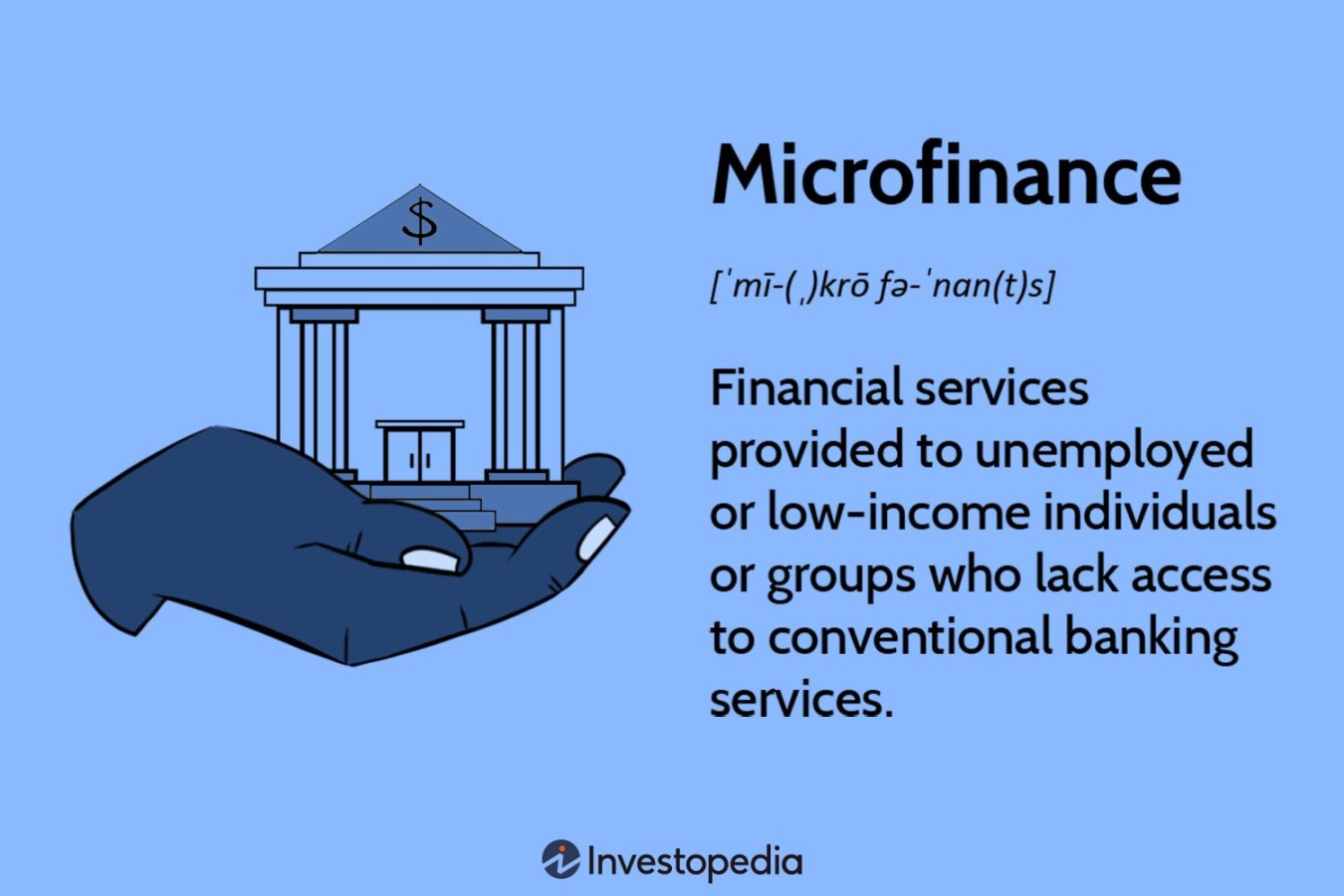Microfinance Projects: Empowering Individuals and Communities
Microfinance is a financial service that provides small loans, savings, and other basic financial products to low-income individuals and small businesses. Microfinance institutions (MFIs) typically target individuals who are unbanked or underbanked, meaning they have limited or no access to traditional financial services. Microfinance loans are typically small, often in the range of $50 to $500, and are typically repaid over a short period of time. Microfinance institutions also offer savings accounts, which can help individuals build an emergency fund and save for future goals.

Microfinance institutions typically raise capital from investors, such as banks, foundations, and government agencies. This capital is then used to provide loans to microfinance clients. Microfinance institutions typically charge interest on loans, which helps them to generate revenue and cover their operating costs. Microfinance institutions also provide training and financial literacy education to their clients, which can help them to make better financial decisions.
Microfinance can have a number of benefits for individuals and communities. For individuals, microfinance can help to:
Increase income and productivity
For communities, microfinance can help to:
Reduce poverty
Microfinance is not without its challenges. Some of the challenges that microfinance institutions face include:
High interest rates
Microfinance is a rapidly growing industry with the potential to make a significant impact on poverty reduction and economic development. However, there are a number of challenges that need to be addressed in order for microfinance to reach its full potential. These challenges include reducing interest rates, extending repayment periods, providing more access to capital, and improving financial literacy.
Microfinance is a powerful tool that can be used to empower individuals and communities. However, it is important to be aware of the challenges that microfinance institutions face in order to ensure that microfinance is used effectively and sustainably.
Microfinance institutions typically target low-income individuals and small businesses who are unbanked or underbanked. Traditional banks typically target larger, more creditworthy borrowers. Microfinance loans are typically small and are repaid over a short period of time. Traditional bank loans are typically larger and are repaid over a longer period of time. Microfinance institutions often charge higher interest rates than traditional banks.
Microfinance institutions typically make money by charging interest on loans. They may also generate revenue from fees, such as account maintenance fees and loan application fees.
The risks of microfinance include:
Default risk: The risk that borrowers will not repay their loans.
There are a number of ways to invest in microfinance. You can invest in:
Microfinance mutual funds
Some of the leading microfinance institutions include:
Grameen Bank (Bangladesh)
Microfinance projects provide small loans, savings, and other basic financial services to low-income individuals and small businesses. Learn more about microfinance, how it works, its benefits, challenges, and the future of microfinance.
microfinance, microfinance projects, microfinance institutions, poverty reduction, economic development, financial inclusion



